Home>Technology>Home Office Tech>How To Own An Electric Charging Station
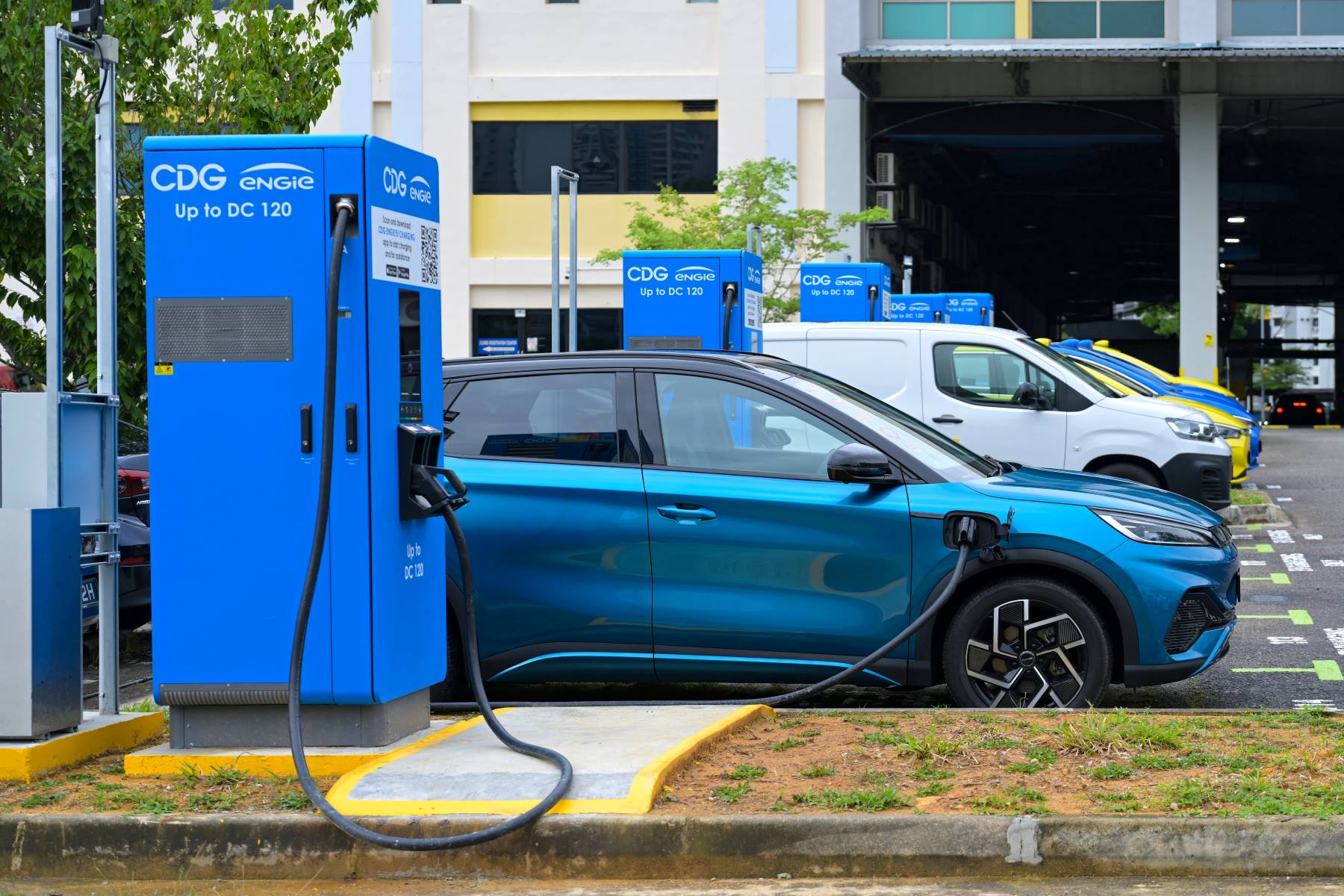

Home Office Tech
How To Own An Electric Charging Station
Modified: January 9, 2024
Discover how to set up your own electric charging station at home or in the office with our comprehensive guide. Embrace the future of technology with our step-by-step instructions and expert tips. Suitable for home, office, and tech enthusiasts.
(Many of the links in this article redirect to a specific reviewed product. Your purchase of these products through affiliate links helps to generate commission for Storables.com, at no extra cost. Learn more)
Introduction
Welcome to the future of sustainable transportation! As the world shifts towards eco-friendly and energy-efficient solutions, electric vehicles (EVs) have become increasingly popular. With this rising trend comes the demand for electric charging stations, making it an opportune time to explore the possibility of owning and operating one. In this comprehensive guide, we will delve into the ins and outs of owning an electric charging station, from understanding the technology to the practical steps of setting up and managing your own station.
The electric vehicle market is experiencing rapid growth, with major automakers investing heavily in the development of electric and hybrid models. This surge in electric vehicle ownership has created a pressing need for accessible and reliable charging infrastructure. As a result, owning an electric charging station presents a promising business opportunity while contributing to a greener, more sustainable future.
Whether you are an entrepreneur looking to invest in a forward-thinking venture, a business owner seeking to attract environmentally conscious customers, or an individual passionate about promoting clean energy, owning an electric charging station can be a rewarding and impactful endeavor.
Throughout this guide, we will explore the essential steps involved in owning an electric charging station, including finding the right location, setting up the charging station, marketing and promoting your services, and managing and maintaining the station to ensure optimal performance and customer satisfaction.
By the end of this journey, you will have gained a comprehensive understanding of the electric charging station landscape and be well-equipped to embark on this exciting venture. So, let's dive into the world of electric mobility and discover how you can own and operate your very own electric charging station.
Key Takeaways:
- Owning an electric charging station involves understanding the technology, finding the right location, and strategic marketing to attract electric vehicle owners.
- Successful management and maintenance of the charging station are crucial for providing reliable and sustainable services to electric vehicle owners.
Read more: How To Open An Electric Charging Station
Understanding Electric Charging Stations
Electric charging stations, also known as EV charging stations or electric vehicle supply equipment (EVSE), are essential infrastructure for the widespread adoption of electric vehicles. These stations provide the necessary electrical power to recharge the batteries of electric cars, motorcycles, and other electric vehicles. Understanding the key components and functionalities of electric charging stations is crucial for anyone considering ownership or investment in this burgeoning industry.
There are several types of electric charging stations, each catering to specific charging needs:
- Level 1 Charging: This basic charging method utilizes a standard 120-volt household outlet. While convenient for overnight charging at home, it offers relatively slow charging speeds.
- Level 2 Charging: More commonly found in public and residential settings, level 2 charging stations require a 240-volt power source, allowing for faster charging compared to level 1.
- DC Fast Charging: This high-powered charging option delivers rapid charging, making it ideal for public charging stations and long-distance travel. DC fast chargers can provide a significant charge in a short amount of time, offering convenience to electric vehicle owners on the go.
Electric charging stations are equipped with various features to ensure safe and efficient charging, including connectors compatible with different vehicle types, user authentication systems, and monitoring capabilities to track energy usage and billing.
Understanding the technical specifications and compatibility of charging stations is essential for selecting the right equipment for your specific location and target customer base. Factors such as charging speed, connector types, and network compatibility play a significant role in the overall functionality and appeal of your charging station.
Moreover, staying informed about the latest advancements in charging technology, such as bidirectional charging capabilities and smart grid integration, can provide a competitive edge and future-proof your charging station against evolving industry standards.
By grasping the fundamental concepts and operational aspects of electric charging stations, you will be better prepared to navigate the process of owning and managing a successful charging station. In the following sections, we will delve into the practical steps and considerations involved in establishing and operating your own electric charging station.
Steps to Owning an Electric Charging Station
Embarking on the journey to own an electric charging station entails a series of strategic steps to ensure a successful and sustainable venture. From initial planning to operational management, the following steps outline the essential considerations for aspiring charging station owners:
- Market Research and Feasibility Analysis: Conduct thorough market research to identify the demand for electric charging stations in your target area. Evaluate the existing competition, assess the local regulatory landscape, and determine the feasibility of establishing a charging station based on the projected growth of electric vehicle adoption.
- Business Model Development: Define your business model, including the pricing structure, membership options, and potential partnerships with local businesses or organizations. Consider offering additional amenities or services to enhance the overall customer experience and differentiate your charging station from competitors.
- Financial Planning and Funding: Create a comprehensive financial plan that encompasses the initial setup costs, ongoing operational expenses, and potential revenue streams. Explore funding options such as grants, incentives for charging infrastructure development, and partnerships with energy companies or government initiatives supporting sustainable transportation.
- Regulatory Compliance and Permitting: Navigate the regulatory requirements for installing and operating a charging station, including building permits, electrical codes, zoning regulations, and environmental impact assessments. Ensure compliance with local and national standards to avoid any legal or logistical setbacks.
- Site Selection and Infrastructure Assessment: Identify suitable locations for your charging station, considering factors such as accessibility, visibility, proximity to popular destinations, and the availability of necessary utility connections. Conduct a thorough infrastructure assessment to determine the electrical capacity and any potential upgrades required for the installation of charging equipment.
- Equipment Procurement and Installation: Select the appropriate charging equipment based on the anticipated demand and charging capabilities required for your target customer base. Coordinate with reputable suppliers and certified electricians to ensure the seamless installation of charging stations, including any necessary electrical upgrades and safety measures.
- Network Connectivity and Payment Systems: Establish a reliable network connectivity infrastructure to enable remote monitoring, maintenance, and user accessibility. Implement secure and user-friendly payment systems, including RFID cards, mobile apps, and credit card readers, to facilitate seamless transactions for charging services.
- Operational Launch and Marketing: Launch your charging station with a comprehensive marketing campaign to attract initial users and raise awareness within the community. Leverage digital marketing channels, local partnerships, and promotional events to showcase the convenience and benefits of your charging station to potential electric vehicle owners.
By following these strategic steps, you can lay a solid foundation for the successful ownership and operation of an electric charging station. Each phase of the process requires careful planning, attention to detail, and a proactive approach to address potential challenges and capitalize on opportunities within the evolving electric mobility landscape.
Finding the Right Location
The location of your electric charging station plays a pivotal role in its success and accessibility to electric vehicle owners. Identifying the right location involves a comprehensive assessment of various factors to ensure optimal visibility, convenience, and utility infrastructure. Consider the following aspects when selecting the ideal site for your charging station:
- Accessibility and Visibility: Choose a location with high visibility and easy accessibility for electric vehicle owners. Proximity to major roadways, popular destinations, and public facilities can enhance the visibility of your charging station, attracting a steady flow of potential customers.
- Parking Facilities and Amenities: Evaluate the availability of parking spaces and complementary amenities at the chosen location. Electric charging stations integrated with existing parking facilities, retail establishments, or recreational areas can offer added convenience and value to customers during the charging process.
- Utility Infrastructure and Electrical Capacity: Assess the electrical infrastructure and capacity at the potential site to ensure compatibility with the power requirements of your charging equipment. Collaborate with electrical engineers and utility providers to determine any necessary upgrades or modifications to support the installation of charging stations.
- Demographic Analysis and Target Customer Base: Conduct a demographic analysis of the area to understand the density of electric vehicle owners, commuting patterns, and the potential demand for charging services. Targeting areas with a high concentration of environmentally conscious consumers or urban centers with limited charging infrastructure can be strategically advantageous.
- Regulatory Considerations and Zoning Restrictions: Navigate the zoning regulations and local ordinances pertaining to the installation of charging infrastructure. Ensure compliance with zoning restrictions, building codes, and environmental regulations to secure the necessary permits and approvals for the chosen location.
- Partnerships and Collaborations: Explore partnerships with commercial property owners, municipalities, and businesses to secure prime locations for your charging stations. Collaborative efforts can provide access to strategic locations and facilitate the integration of charging infrastructure into existing urban developments and transportation hubs.
By strategically evaluating these factors and conducting thorough site assessments, you can identify the right location that aligns with the needs of electric vehicle owners and enhances the overall accessibility and appeal of your charging station. The chosen location serves as a critical foundation for the successful establishment and long-term viability of your electric charging station within the evolving ecosystem of sustainable transportation.
Make sure to research and understand the different types of electric charging stations available, including level 1, level 2, and DC fast chargers, to determine which one best suits your needs and budget.
Setting Up the Charging Station
Setting up an electric charging station involves a series of meticulous steps to ensure the seamless installation and operational readiness of the charging infrastructure. From selecting the appropriate charging equipment to integrating essential safety features, the process of setting up the charging station requires careful planning and adherence to industry standards. Here are the key considerations for setting up your charging station:
- Charging Equipment Selection: Choose the appropriate charging equipment based on the anticipated demand, charging speeds, and compatibility with different electric vehicle models. Consider offering a mix of level 2 chargers for standard charging needs and DC fast chargers for rapid charging requirements, catering to a diverse range of electric vehicles.
- Electrical Capacity and Power Supply: Collaborate with certified electricians and electrical engineers to assess the electrical capacity and power supply at the installation site. Ensure that the existing electrical infrastructure can support the demand of the chosen charging equipment, and make any necessary upgrades or modifications to accommodate the charging station’s power requirements.
- Safety and Compliance: Adhere to safety standards and regulatory compliance throughout the installation process. Incorporate safety features such as ground fault circuit interrupters (GFCIs), overcurrent protection, and proper signage to ensure the safe operation of the charging station and mitigate potential electrical hazards.
- Network Connectivity and Monitoring: Establish a reliable network connectivity infrastructure to enable remote monitoring, maintenance, and user accessibility. Implement robust communication protocols and monitoring systems to track energy usage, billing, and user authentication, ensuring the efficient and secure operation of the charging station.
- User Interface and Accessibility: Design a user-friendly interface for the charging station, incorporating clear instructions, intuitive charging connectors, and accessible payment systems. Prioritize the user experience to streamline the charging process and provide a seamless interaction for electric vehicle owners utilizing your services.
- Integration with Renewable Energy Sources: Explore the integration of renewable energy sources, such as solar panels or wind turbines, to supplement the power supply for the charging station. Embracing sustainable energy solutions can enhance the eco-friendly appeal of your charging station and contribute to a greener charging infrastructure.
- Educational and Outreach Initiatives: Implement educational initiatives and outreach programs to familiarize the community with the benefits of electric vehicles and the convenience of your charging station. Engage in public awareness campaigns, workshops, and informational sessions to promote sustainable transportation and the role of your charging station in supporting clean energy initiatives.
By meticulously addressing these considerations and leveraging industry best practices, you can effectively set up a robust and reliable electric charging station that meets the evolving needs of electric vehicle owners. The seamless integration of charging infrastructure and the prioritization of user experience are essential elements in establishing a successful and sustainable charging station within the expanding landscape of electric mobility.
Marketing and Promoting Your Charging Station
Effective marketing and promotion are essential for raising awareness, attracting customers, and establishing a strong presence within the electric vehicle community. By implementing strategic marketing initiatives and leveraging various promotional channels, you can position your charging station as a convenient and reliable destination for electric vehicle owners. Here are key strategies to market and promote your charging station:
- Digital Marketing Campaigns: Utilize digital platforms, including social media, search engine optimization (SEO), and targeted online advertising, to reach potential electric vehicle owners and promote the accessibility and benefits of your charging station. Engage with relevant online communities and electric vehicle forums to foster connections and share information about your charging services.
- Community Engagement and Events: Participate in local events, sustainability fairs, and community gatherings to showcase the convenience and eco-friendly advantages of your charging station. Collaborate with environmental organizations, electric vehicle clubs, and local businesses to host educational workshops and promotional events that highlight the value of sustainable transportation and the role of your charging station.
- Partnerships with Businesses and Organizations: Form strategic partnerships with nearby businesses, retail establishments, and corporate entities to cross-promote your charging station. Offer incentives for customers of partner businesses who utilize your charging services, creating a mutually beneficial relationship that expands your reach and enhances customer engagement.
- Branding and Visual Identity: Develop a distinct visual identity and branding strategy for your charging station, including a recognizable logo, signage, and consistent visual elements across promotional materials. Establish a cohesive brand presence that communicates the reliability and professionalism of your charging services to potential customers.
- Promotional Offers and Loyalty Programs: Introduce promotional offers, discounts for first-time users, and loyalty programs to incentivize repeat visits and foster customer loyalty. Implement a user-friendly mobile app or membership system that rewards frequent users and encourages ongoing patronage of your charging station.
- Informational Materials and User Guides: Provide informative materials, user guides, and instructional signage at the charging station to educate users about the charging process, membership options, and the environmental benefits of electric vehicles. Empower users with the knowledge and resources to make informed decisions and maximize the value of your charging services.
- Customer Testimonials and Reviews: Encourage satisfied customers to share their experiences and testimonials about your charging station. Positive reviews and user-generated content can enhance the credibility and reputation of your charging services, influencing potential customers and fostering a sense of community among electric vehicle enthusiasts.
By implementing a comprehensive marketing and promotion strategy, you can effectively position your charging station as a trusted and sought-after destination for electric vehicle owners. Engaging with the community, fostering partnerships, and leveraging digital outreach channels are key elements in establishing a strong market presence and driving the success of your charging station within the dynamic landscape of sustainable transportation.
Managing and Maintaining Your Charging Station
Effective management and proactive maintenance are essential for ensuring the optimal performance, reliability, and customer satisfaction of your electric charging station. By implementing comprehensive management practices and prioritizing ongoing maintenance, you can uphold the functionality of the charging infrastructure and provide a seamless experience for electric vehicle owners. Here are key considerations for managing and maintaining your charging station:
- Remote Monitoring and Maintenance: Implement remote monitoring systems to track the operational status, energy usage, and charging availability of your station. Proactively address any technical issues or connectivity disruptions to minimize downtime and ensure a consistently reliable charging experience for customers.
- Regular Inspection and Cleaning: Conduct routine inspections of the charging equipment, connectors, and surrounding infrastructure to identify any signs of wear, damage, or cleanliness issues. Establish a regular cleaning schedule to maintain the visual appeal and functionality of the charging station, creating a welcoming environment for users.
- Customer Support and Assistance: Provide accessible customer support channels, including a dedicated helpline, email assistance, and on-site staff availability, to address user inquiries, technical concerns, and membership-related issues. Prompt and helpful customer support enhances the overall user experience and fosters positive engagement with your charging services.
- Energy Efficiency and Sustainability: Embrace energy-efficient practices and sustainable initiatives to minimize the environmental impact of your charging station. Explore the integration of energy storage solutions, smart grid technologies, and renewable energy sources to optimize energy usage and reduce the carbon footprint of the charging infrastructure.
- Maintenance Partnerships and Service Agreements: Establish partnerships with certified maintenance providers, electrical contractors, and equipment suppliers to ensure timely servicing, repairs, and equipment upgrades. Implement service agreements and preventive maintenance schedules to proactively address equipment longevity and performance optimization.
- User Feedback and Continuous Improvement: Solicit feedback from users, gather insights from customer surveys, and analyze user behavior to identify areas for improvement and innovation. Continuously refine the user experience, charging process, and amenities based on user feedback and industry best practices to enhance customer satisfaction and loyalty.
- Regulatory Compliance and Safety Audits: Stay updated on regulatory requirements, safety standards, and industry certifications relevant to electric charging infrastructure. Conduct regular safety audits, compliance checks, and equipment certifications to ensure adherence to legal and operational standards, mitigating potential risks and liabilities.
By implementing robust management and maintenance practices, you can uphold the operational excellence and customer-centric focus of your electric charging station. Proactive monitoring, responsive customer support, and sustainable operational practices are essential components in maintaining a reliable and sustainable charging infrastructure within the dynamic landscape of electric mobility.
Conclusion
Congratulations on embarking on the journey to explore the world of electric mobility and the exciting prospect of owning an electric charging station. Throughout this guide, we have delved into the essential aspects of understanding, establishing, and managing a successful charging station, equipping you with the knowledge and insights to navigate this dynamic industry.
The rapid growth of electric vehicles and the increasing demand for accessible charging infrastructure present a compelling opportunity to contribute to sustainable transportation while building a thriving business venture. By understanding the technical nuances of electric charging stations, conducting thorough market research, and strategizing the setup and management of your charging station, you can position yourself at the forefront of the electric mobility revolution.
From finding the ideal location and selecting the right charging equipment to implementing effective marketing strategies and prioritizing ongoing maintenance, each phase of the journey offers opportunities for innovation, community engagement, and environmental stewardship. Your commitment to providing reliable and convenient charging services can make a meaningful impact on the transition to cleaner transportation and the widespread adoption of electric vehicles.
As you embark on this exciting endeavor, remember that continuous learning, adaptability, and a customer-centric approach are key drivers of success in the electric charging station industry. Embrace the evolving landscape of sustainable transportation, stay informed about technological advancements, and prioritize the seamless experience of electric vehicle owners utilizing your charging services.
By fostering a culture of sustainability, innovation, and community engagement, your electric charging station can become a beacon of progress, environmental responsibility, and convenience for electric vehicle owners. As you navigate the opportunities and challenges of owning and managing a charging station, remember that your contribution extends beyond business success – it plays a vital role in shaping a cleaner and more sustainable future for generations to come.
Thank you for embarking on this enlightening journey with us, and we wish you the utmost success in owning and operating your very own electric charging station.
Frequently Asked Questions about How To Own An Electric Charging Station
Was this page helpful?
At Storables.com, we guarantee accurate and reliable information. Our content, validated by Expert Board Contributors, is crafted following stringent Editorial Policies. We're committed to providing you with well-researched, expert-backed insights for all your informational needs.
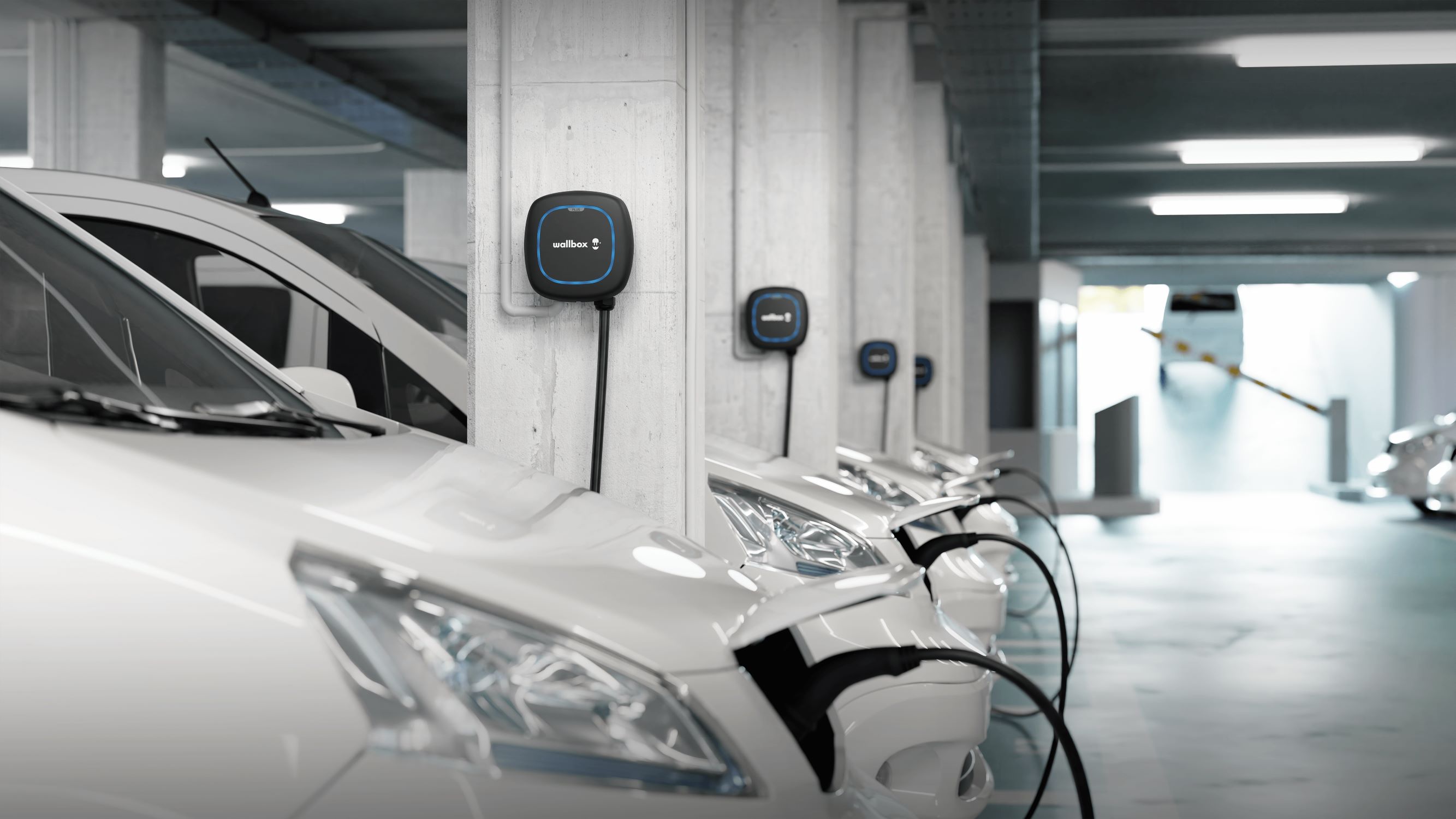

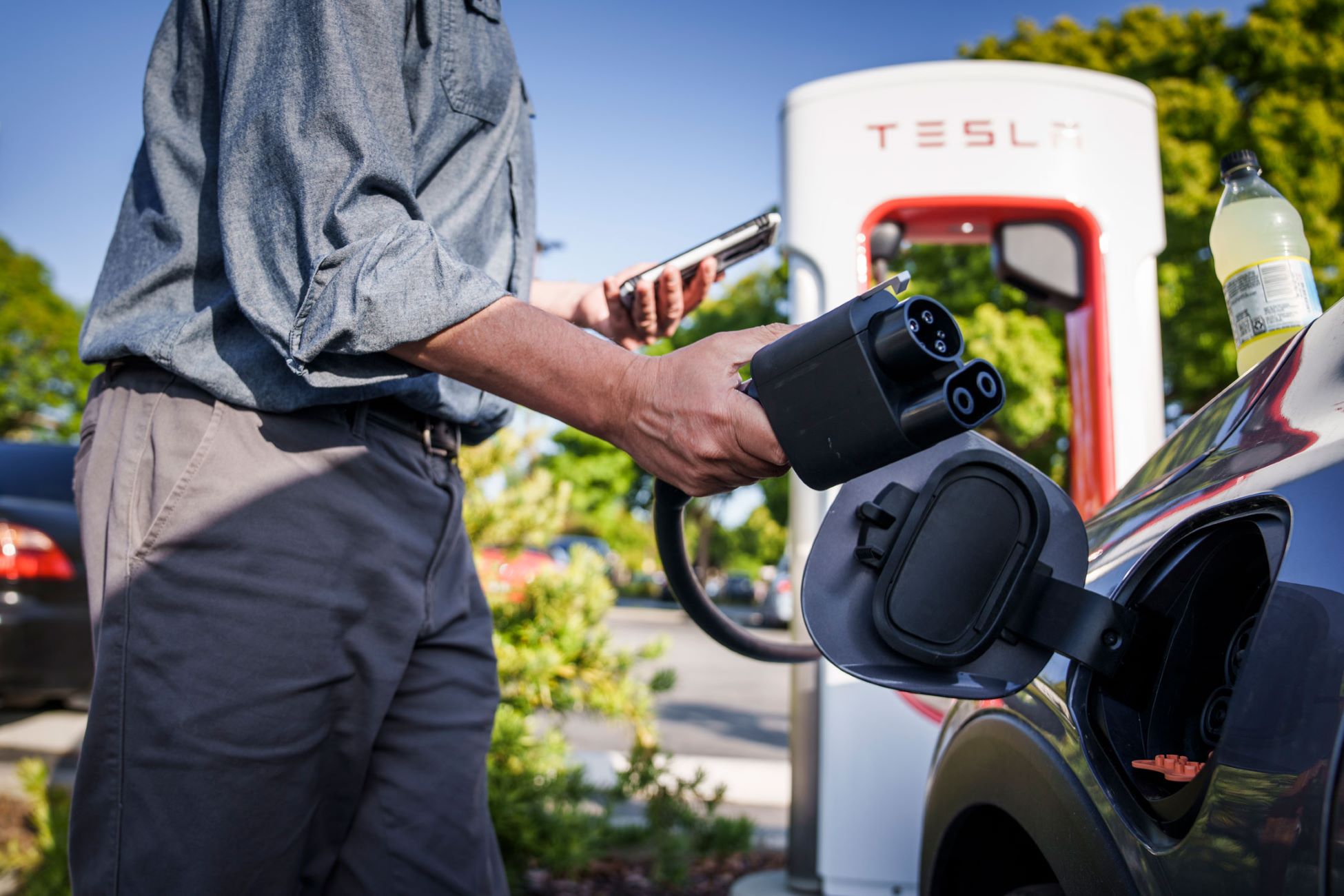
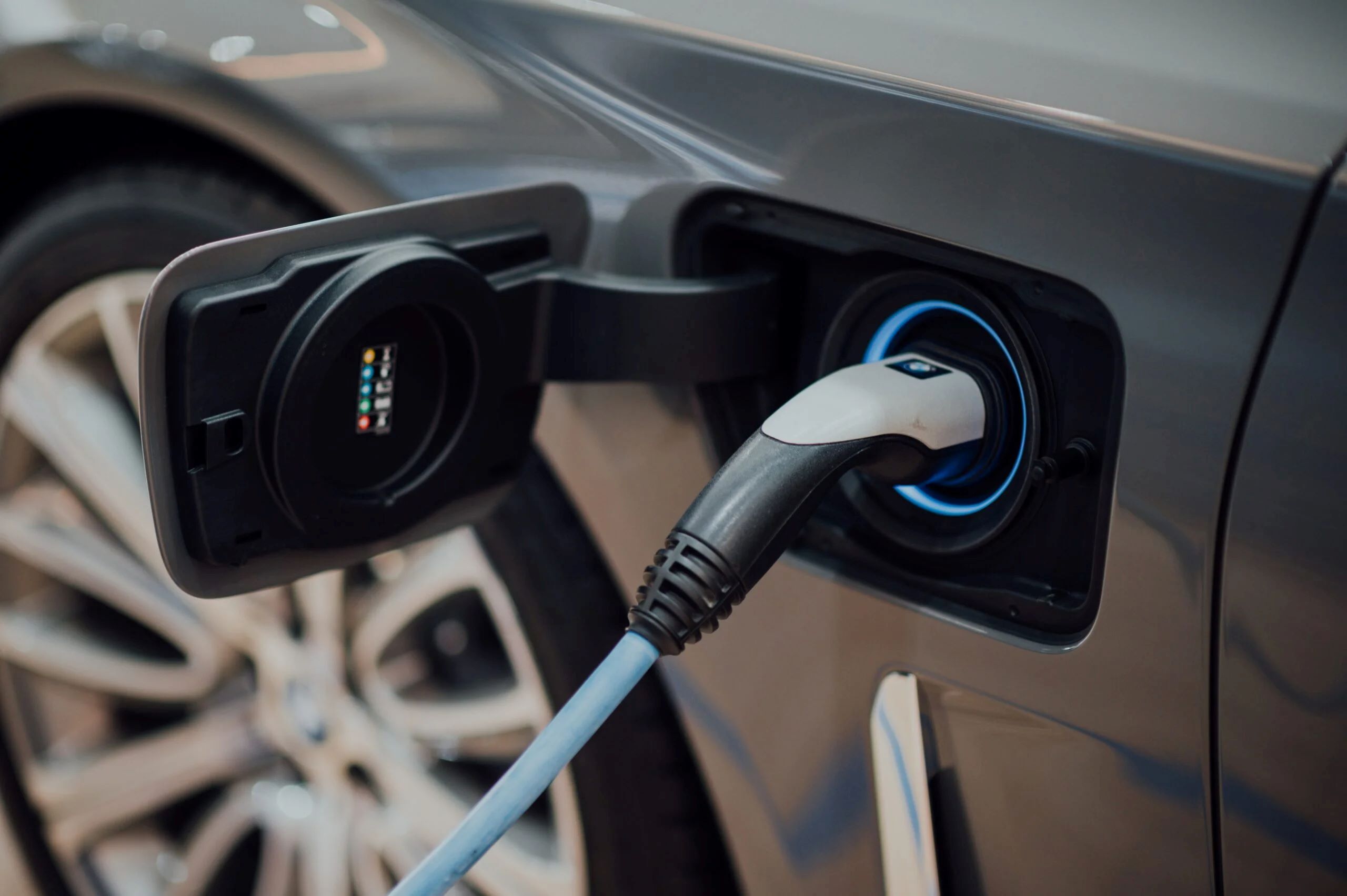
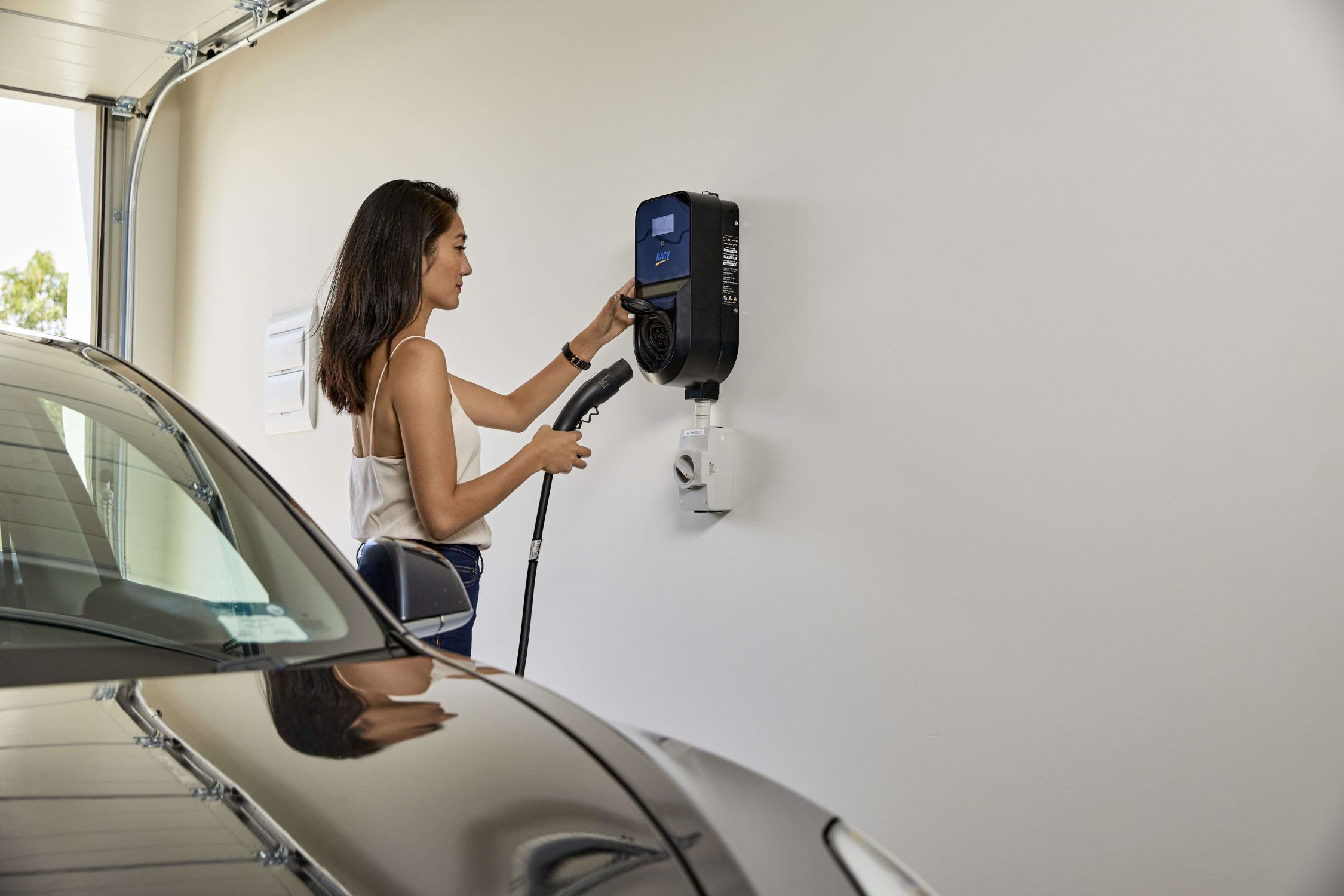
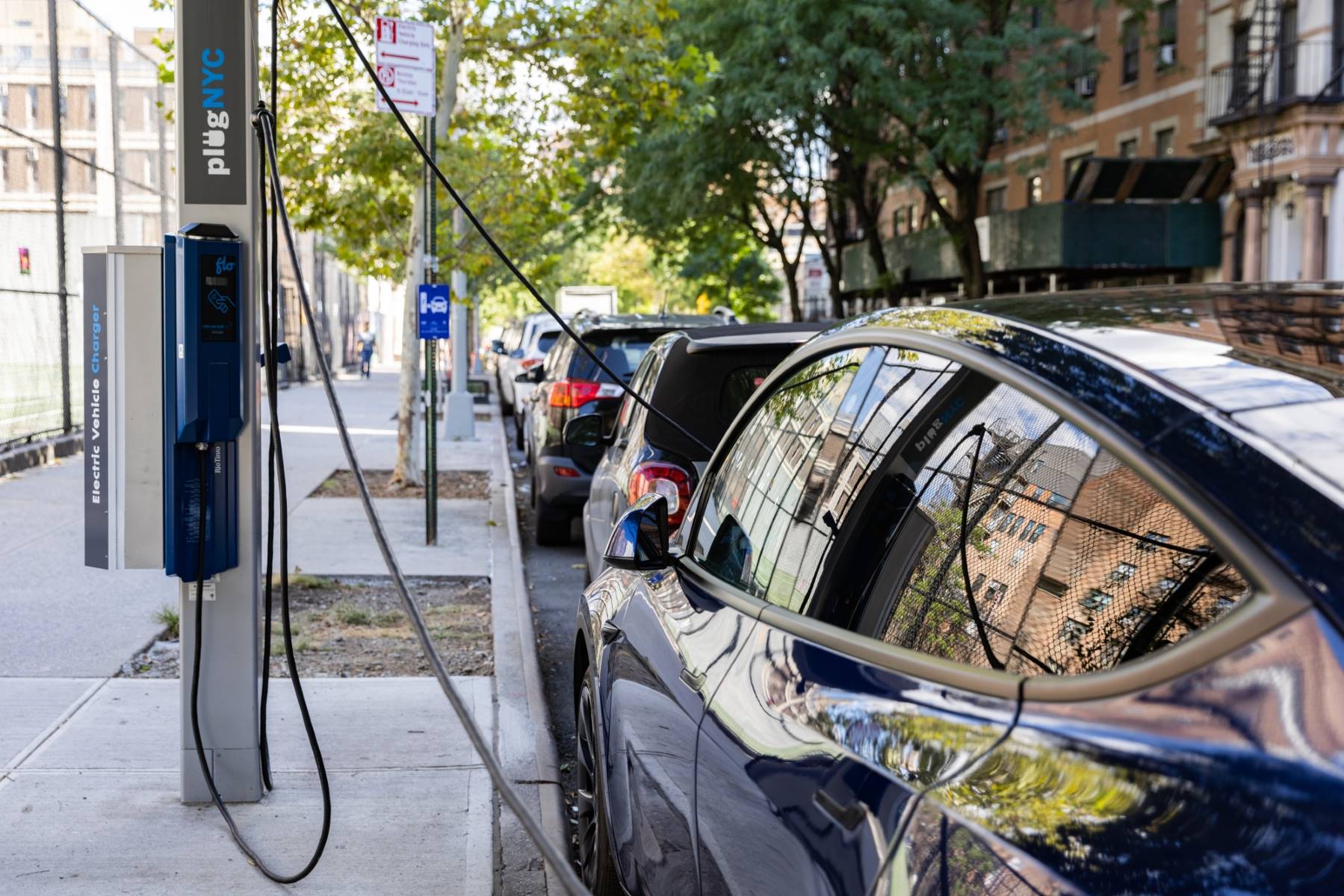
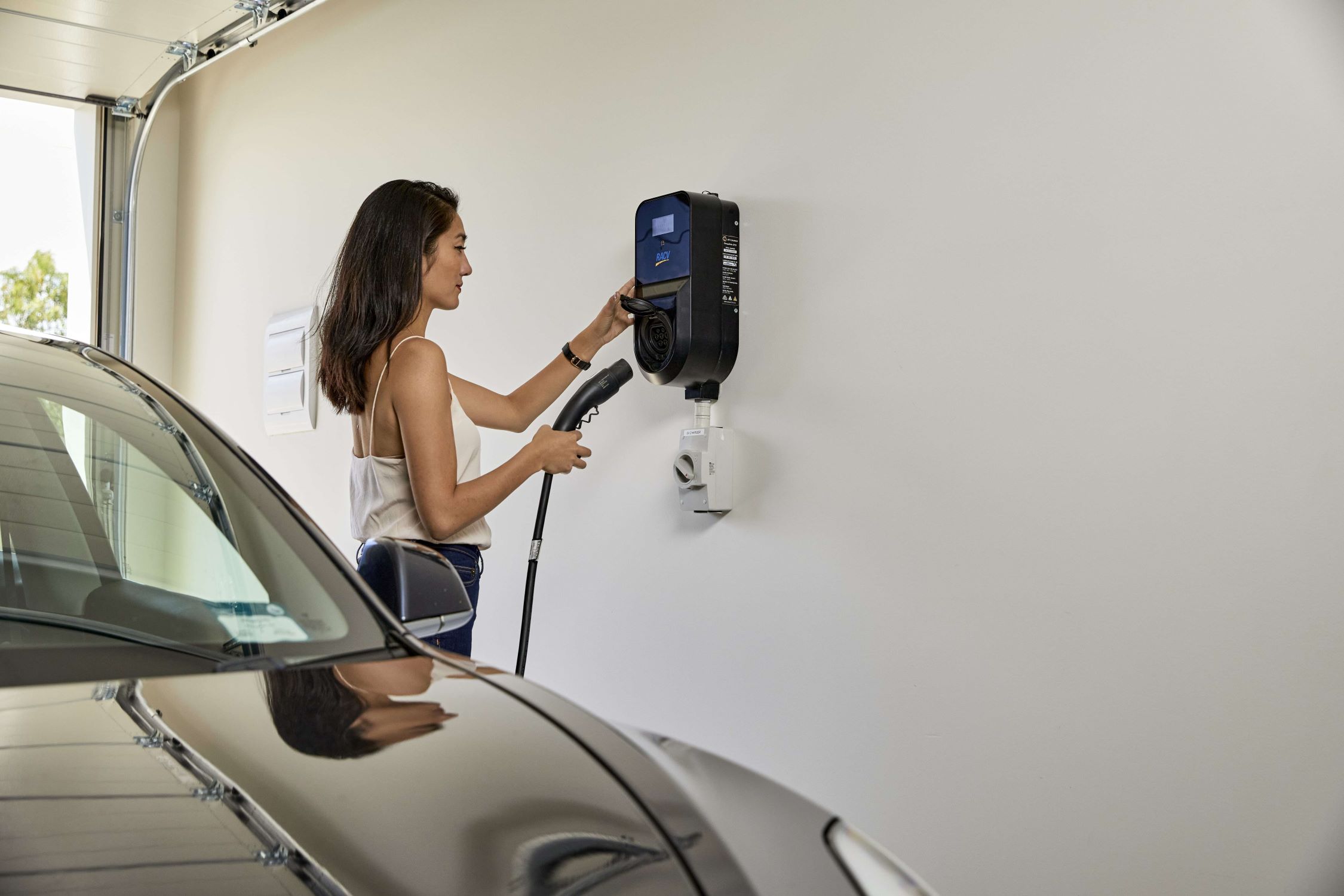

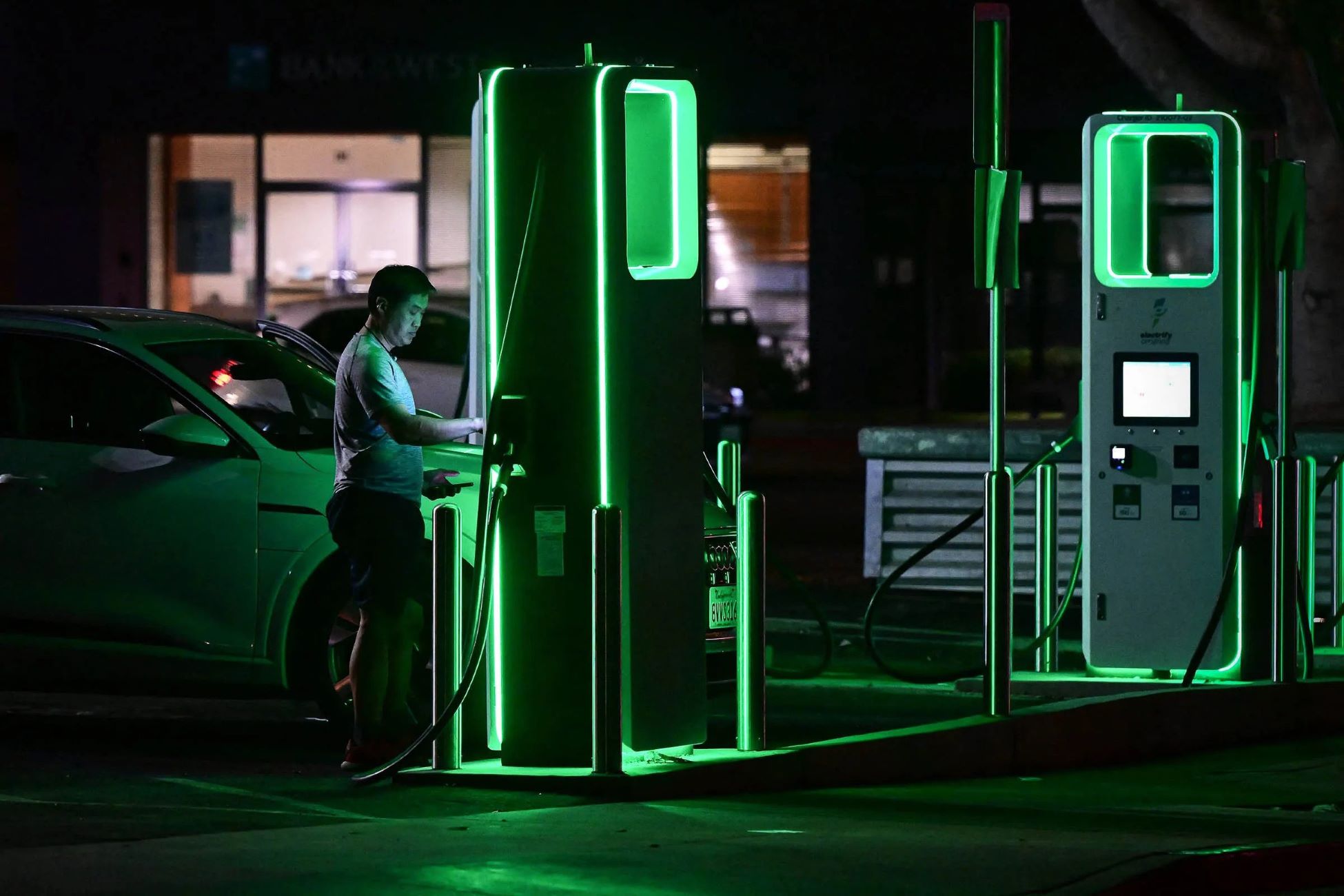

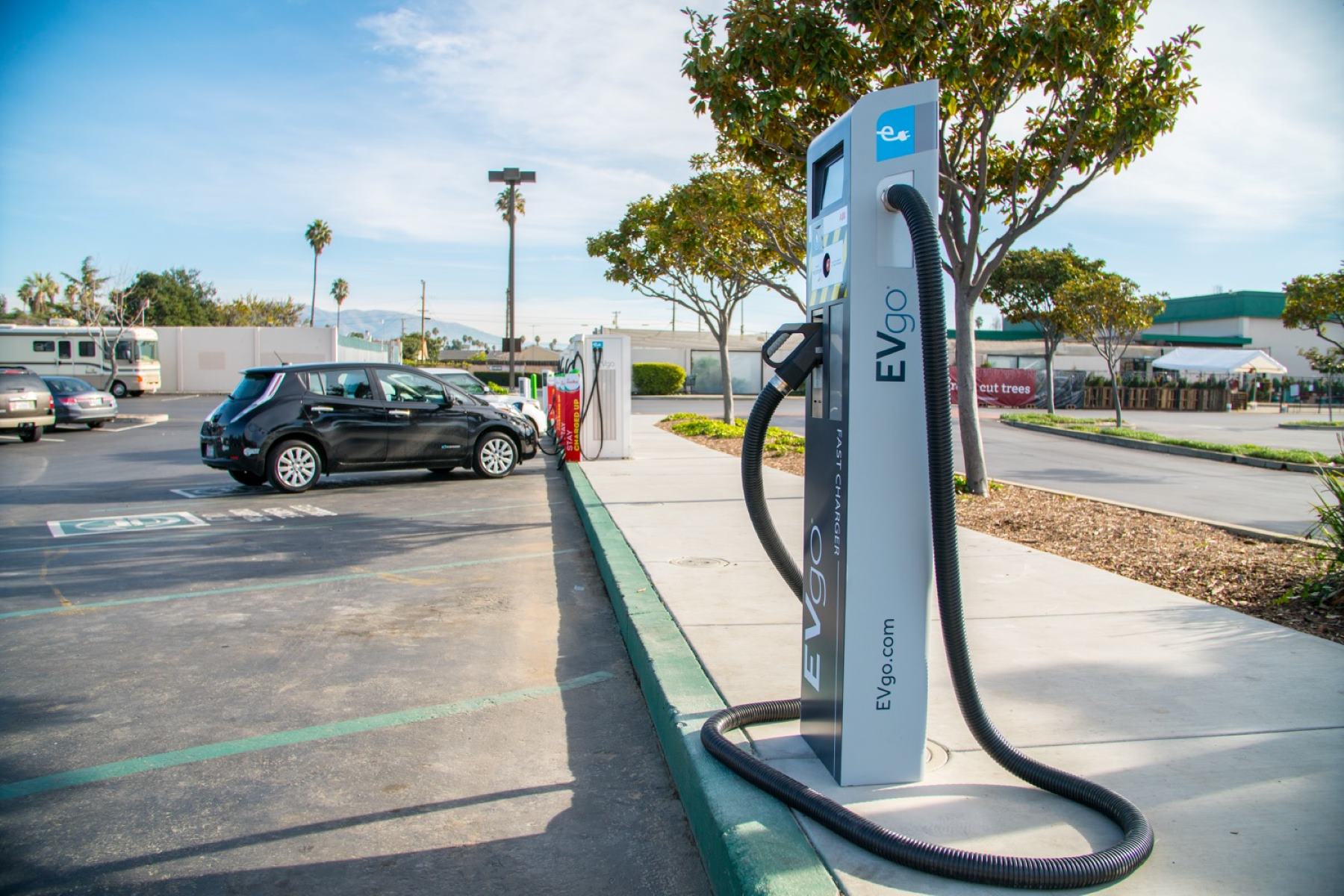
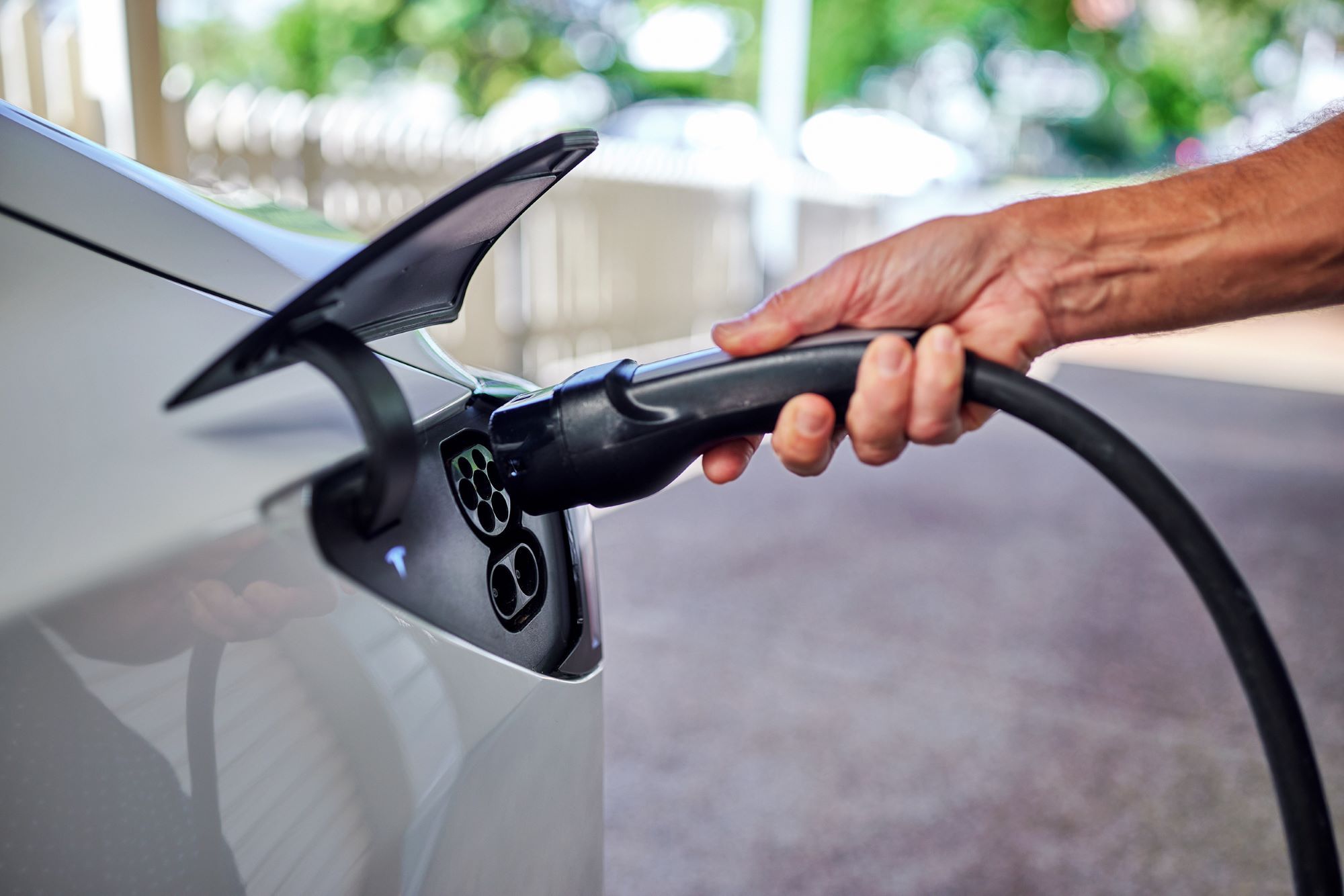
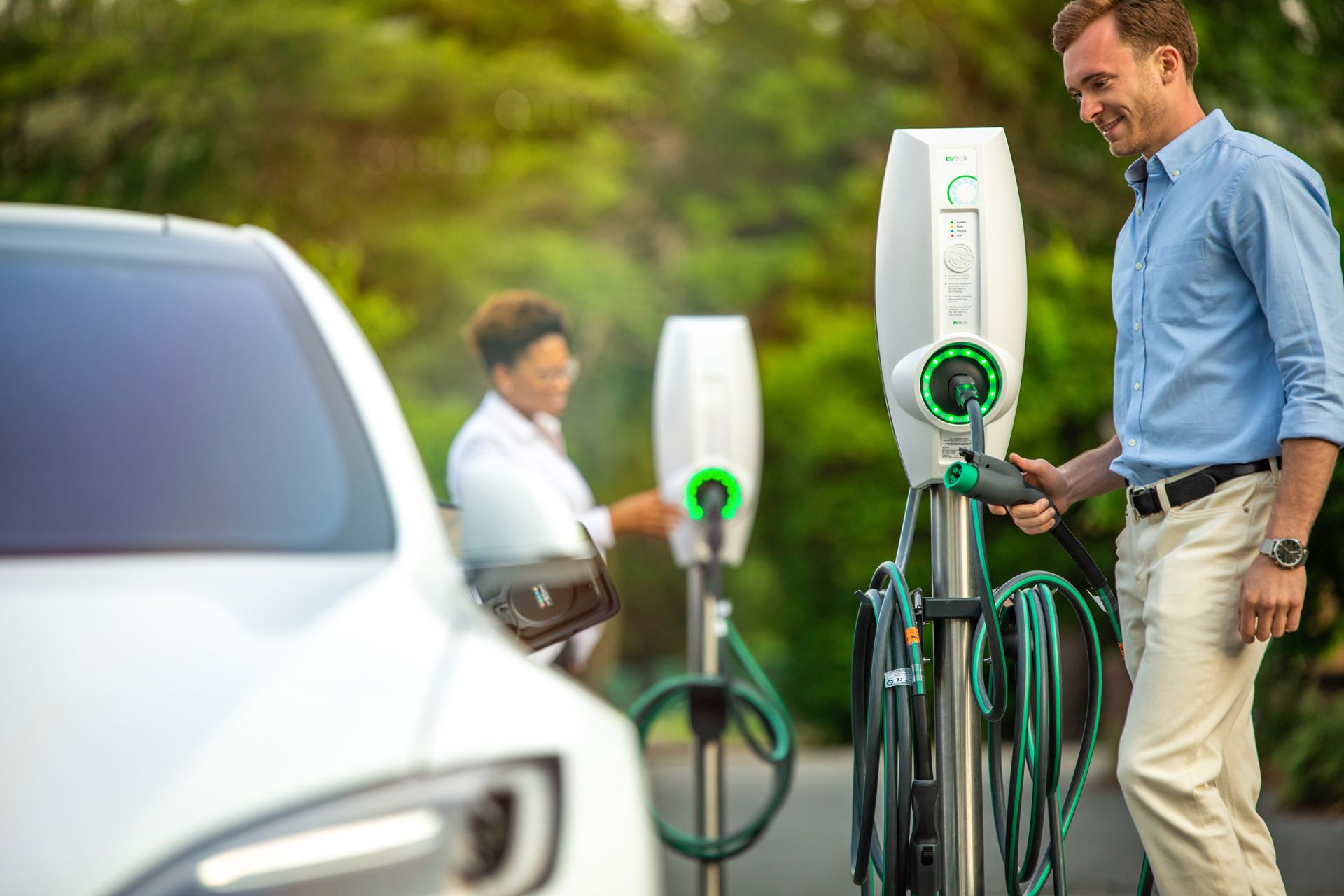
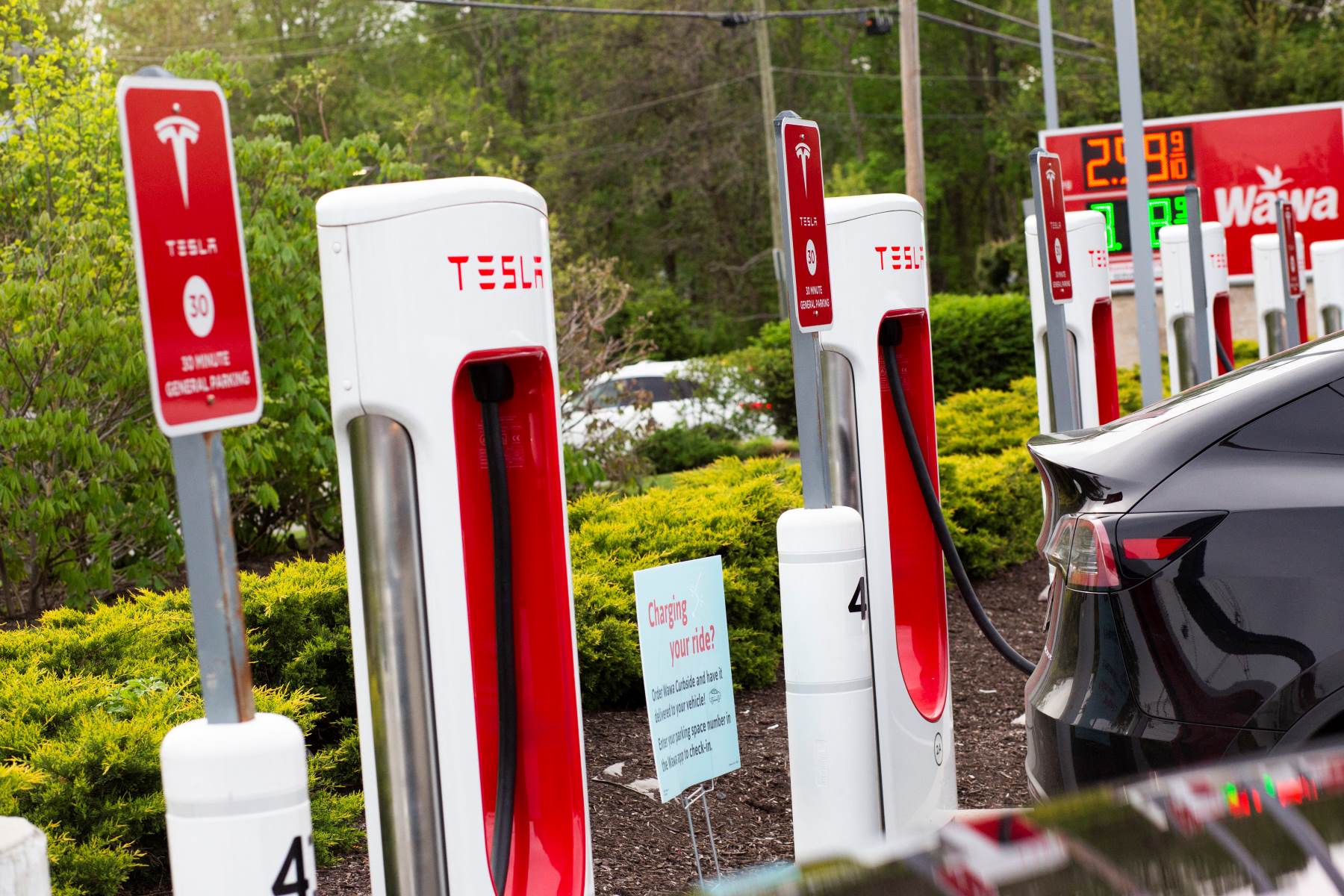

0 thoughts on “How To Own An Electric Charging Station”